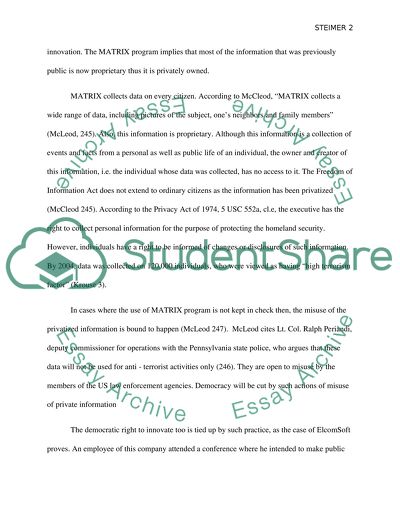Cite this document
(Copyright and the 1st Amendment Literature review, n.d.)
Copyright and the 1st Amendment Literature review. Retrieved from https://studentshare.org/law/1465430-rewrite-this-paper-following-directions-by-prof
Copyright and the 1st Amendment Literature review. Retrieved from https://studentshare.org/law/1465430-rewrite-this-paper-following-directions-by-prof
(Copyright and the 1st Amendment Literature Review)
Copyright and the 1st Amendment Literature Review. https://studentshare.org/law/1465430-rewrite-this-paper-following-directions-by-prof.
Copyright and the 1st Amendment Literature Review. https://studentshare.org/law/1465430-rewrite-this-paper-following-directions-by-prof.
“Copyright and the 1st Amendment Literature Review”, n.d. https://studentshare.org/law/1465430-rewrite-this-paper-following-directions-by-prof.


